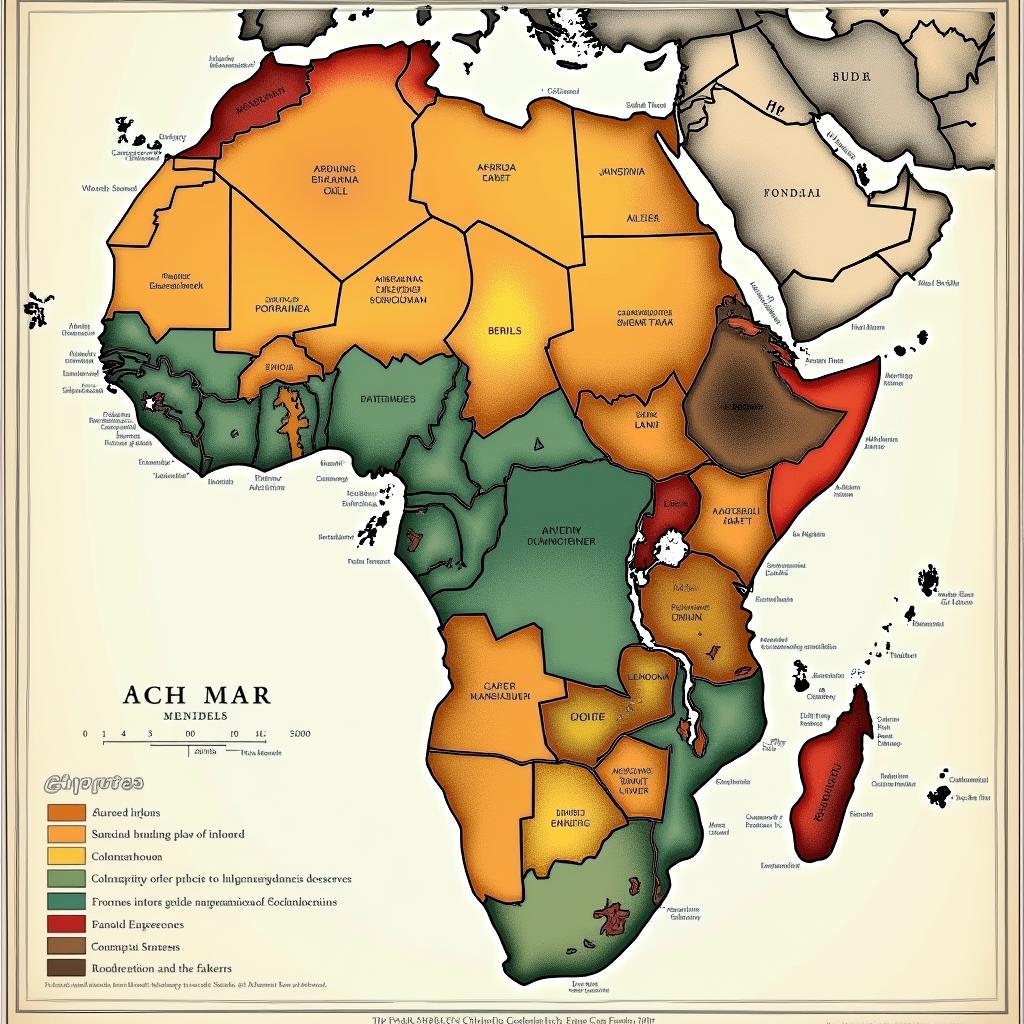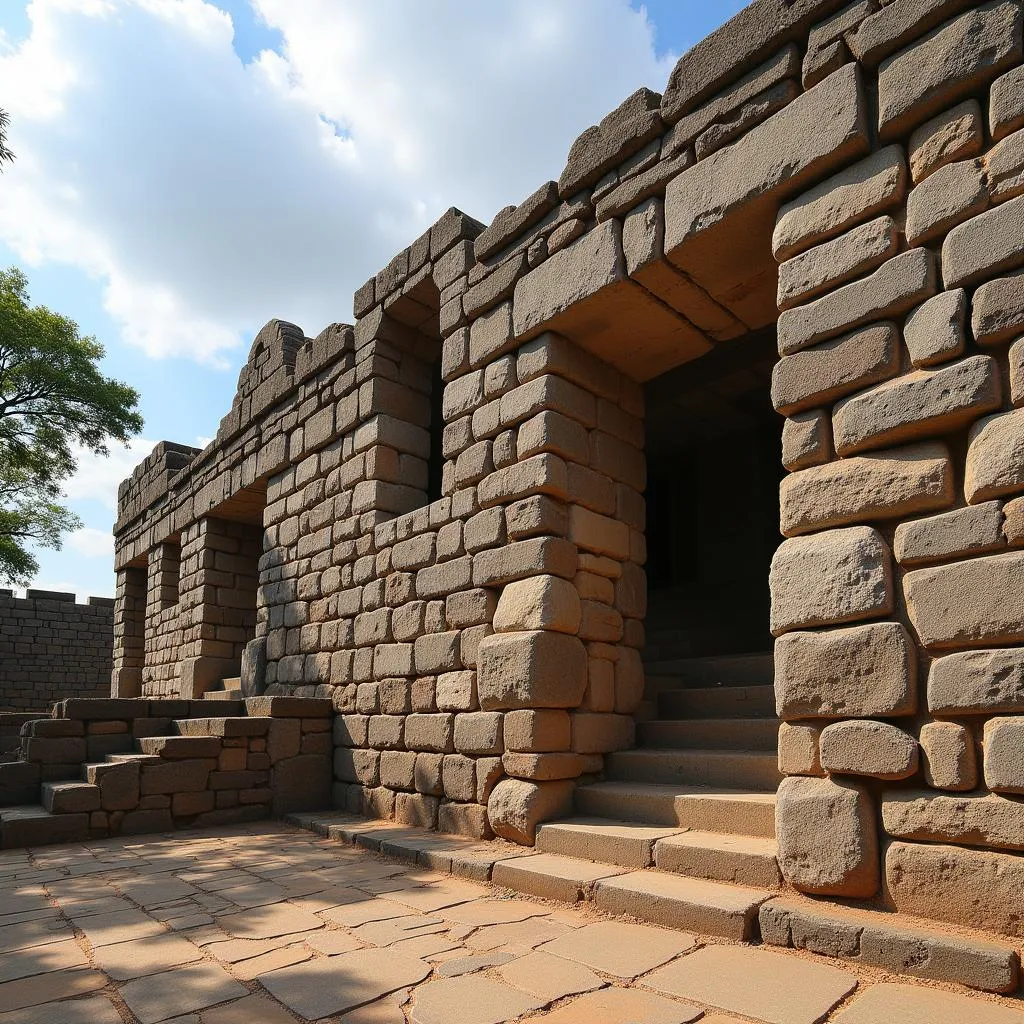The African American Facelift: Addressing Unique Needs and Considerations
The African American Facelift is a specialized procedure that addresses the unique characteristics of African American facial anatomy and skin. This article explores the nuances of this approach, focusing on achieving natural, rejuvenated results while preserving ethnic identity. We’ll discuss the specific concerns and desired outcomes often expressed by African American patients seeking facial rejuvenation.
Understanding the Nuances of the African American Facelift
African American skin and facial structure possess distinct qualities that require a tailored approach to facial rejuvenation. One key difference lies in the skin’s thickness and elasticity. African American skin tends to be thicker and more resilient, offering greater protection against sun damage and wrinkles. However, this also means that incisions need to be strategically placed to minimize scarring and ensure optimal healing.
Another important consideration is the underlying bone structure. African Americans often have a wider nasal base and more prominent cheekbones. A skilled surgeon will take these features into account when designing the facelift to maintain facial harmony and avoid a “pulled” or unnatural appearance.
Furthermore, preserving ethnic identity is paramount. An experienced surgeon specializing in African American facelifts understands the importance of maintaining the unique facial features that contribute to an individual’s cultural heritage. The goal is to achieve a refreshed and youthful look without compromising the patient’s natural beauty.
Key Considerations for African American Facelift Candidates
When considering a facelift, African American patients should prioritize finding a board-certified plastic surgeon with extensive experience in this specialized area. You can find experienced surgeons specializing in African American facelifts by researching resources such as those listing African American plastic surgeons in California. Research and consultation are key. During the consultation, the surgeon should thoroughly evaluate the patient’s facial anatomy, skin type, and desired outcomes.
Scarring is a significant concern for many African American patients. A skilled surgeon will utilize advanced techniques to minimize scarring and place incisions in discreet locations, such as along the hairline or within natural creases.
Achieving Natural and Harmonious Results
The goal of an African American facelift is to achieve a natural, refreshed appearance that complements the individual’s unique facial features. This involves addressing specific concerns, such as sagging skin in the midface, jowls, and neck.
Maintaining facial volume is also crucial. As we age, we lose volume in our faces, which can contribute to a hollow or gaunt appearance. Fat grafting or dermal fillers can be used in conjunction with a facelift to restore lost volume and achieve a more youthful contour.
Dr. Anika Kwame, a renowned plastic surgeon specializing in ethnic facial rejuvenation, states, “The key to a successful African American facelift lies in understanding the interplay between skin, bone structure, and cultural aesthetics. It’s about enhancing natural beauty, not changing it.”
Post-Operative Care and Recovery
Proper post-operative care is essential for optimal healing and minimizing complications. Patients should follow their surgeon’s instructions carefully, including guidelines for wound care, pain management, and activity restrictions. For patients residing in states like Virginia, finding qualified African American plastic surgeons in Virginia is a crucial first step to ensure personalized care and attention to their specific needs.
Dr. Kwame further advises, “Patience is key during the recovery process. It takes time for swelling to subside and for the final results to become apparent.”
Conclusion
The African American facelift offers a tailored approach to facial rejuvenation, addressing the unique needs and considerations of African American patients. By prioritizing a skilled surgeon with experience in this specialized area, individuals can achieve natural, harmonious results that enhance their natural beauty and preserve their ethnic identity. Choosing the right surgeon is crucial, and seeking referrals or looking into directories like those of African American plastic surgeons in California can be invaluable in this process.
FAQ
- What is the average cost of an African American facelift?
- How long is the recovery period?
- What are the potential risks and complications?
- How long do the results of a facelift last?
- What is the difference between a traditional facelift and a mini facelift?
- When is the best time to consider a facelift?
- How do I find a qualified surgeon specializing in African American facelifts?
I hope this comprehensive overview of the African American facelift has provided you with valuable insights. Please contact us at +255768904061 or [email protected], or visit us in Mbarali DC Mawindi, Kangaga, Tanzania for further inquiries. Our 24/7 customer service team is ready to assist you.

